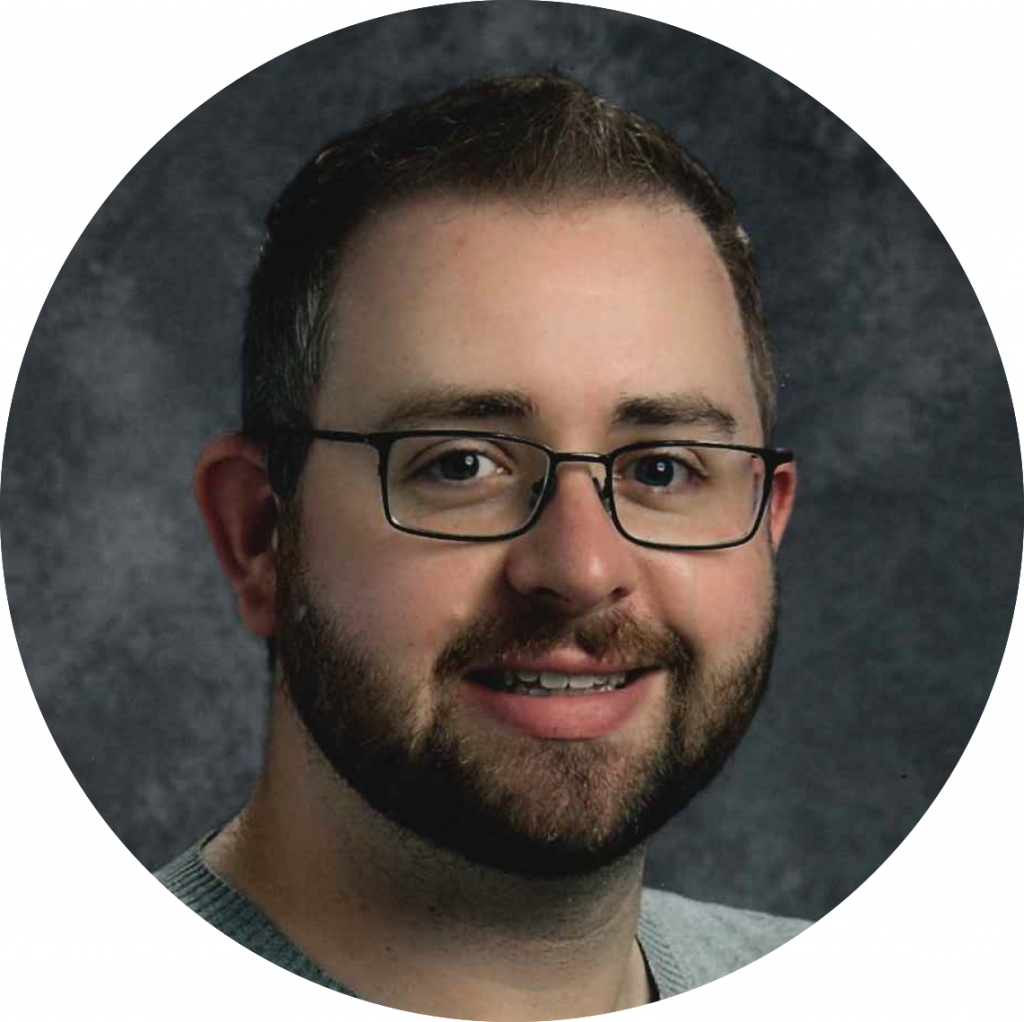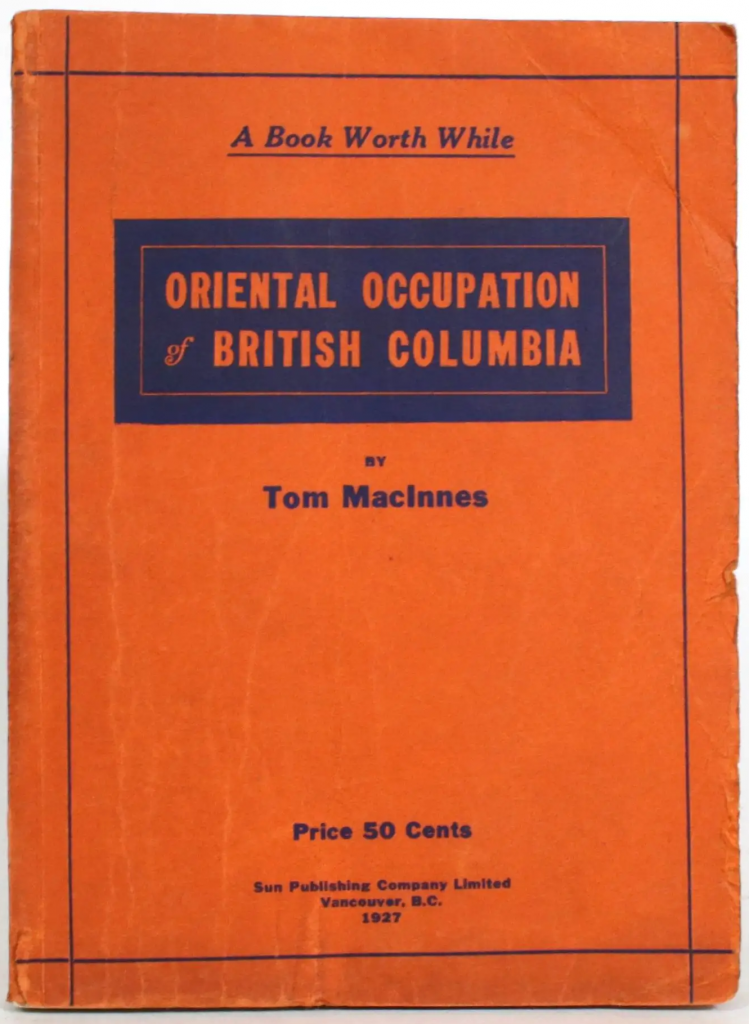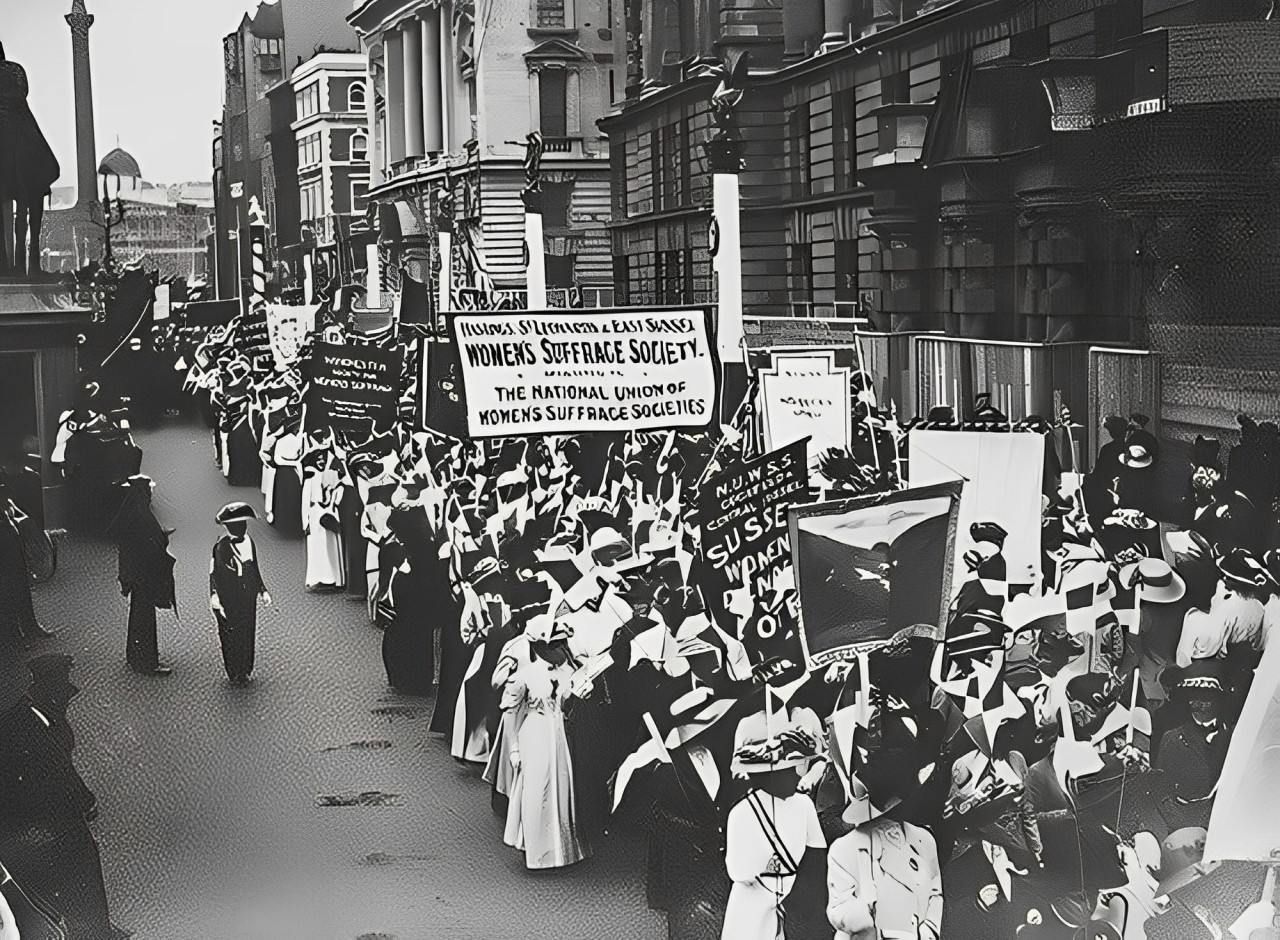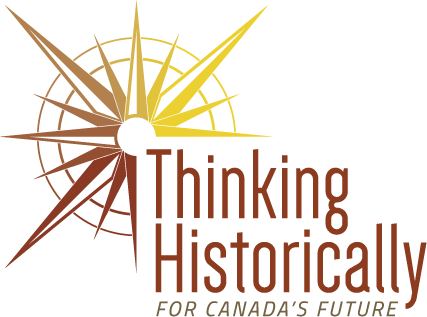Thomas Searby,
Secondary School Teacher
Thomas Searby teaches social studies, culinary arts, and woodshop for grades 8-12 and has been teaching for seven years. He teaches at Houston Secondary School, a public school in Smithers, British Columbia. Houston Secondary School is a small community school of around 200 students in a northern British Columbia community of about 2,000. Students in this community come from a range of white, Indigenous, and South Asian backgrounds, and the community is located on the traditional territory of the Wet’suwet’en nation. Thomas explained that the local connections to the land and resource extraction can make teaching social studies in his context especially important, as it is often deeply connected to students’ lives and their family members.

Houston Secondary School
Smithers, British Columbia

Historical Thinking
Thomas has a strong background with the concepts of historical thinking. In his teaching, Thomas draws connections between historical events and the current realities students face.
As a previous participant in a historical thinking institute, and citing ‘The Big Six’ as an influence on his teaching style, Thomas focuses his teaching philosophy around offering students opportunities to explore primary sources, exhibits, and simulations. He has critiqued more traditional styles of teaching history that rely on memorization of dates and names, calling them “dusty.” Thomas explained that historical thinking helps make history applicable and interesting to students, allowing them to see multiple perspectives and experiences.
Thomas spoke fondly of an activity with which he engages his grade 10 students that examines a book published in 1927, found in the local museum’s archival collection. The book offers a troubling anti-Asian perspective on immigration to Canada that was prevalent in BC at the time.
Thomas explained, “this allows students to see these examples in a way that gives them some historical context. What were people thinking? And what were people publishing at the time?” It was important to Thomas that students investigate the significance of the book by asking questions about the legal and cultural views in the time it was published.
While the content of the book was sensitive, Thomas said, “you cannot ignore aspects of history,” as they inform what students confront today. As Thomas said, the book itself and historical thinking are “an example of a way that we can hopefully reach out and have honest conversations, look critically at ourselves and our history and, fingers crossed, move into a better future.”

Teaching & Learning
Thomas combines community resources and student interest to drive learning experiences in the history classroom.
Thomas’ teaching practices give students the opportunity to listen and learn about their own histories alongside members of their wider community.
Describing a local Wet’suwet’en chief who spoke in his classroom, Thomas said, “this is a person who spoke so eloquently and so beautifully about growing up here. It’s clear how much he loves his traditional territory, his land, and the wonderful relationships, and then also being able to acknowledge the racism that he’s experienced, and that continues to be experienced by people.”
Thomas said that community members offer a level of understanding beyond the classroom. As he put it, “whenever possible, I bring someone in who knows more than me; I’m happy to do it.”
He believes these opportunities also help connect history to our contemporary reality and students’ lives.
“I truly feel like one of the most rewarding aspects of studying history is that there’s something for everybody. There’s always going to be something that catches them. I had a student who hated everything we did until we got to women’s suffrage. And then, all of a sudden, something awoke in them and they loved every aspect of it. They loved the struggle, the history, and they were clearly very passionate about modern women’s issues as well. And that was something from that one little lesson, looking at women’s suffrage in Canada, that we built a relationship on now.”
Co-created by Thomas Searby and Christine Moreau
